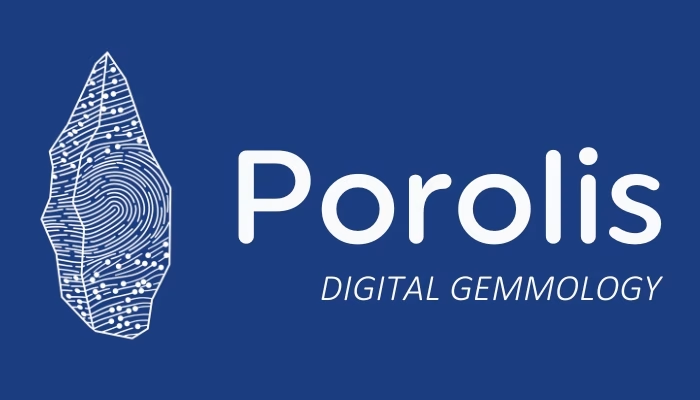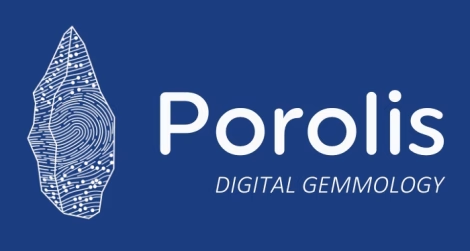The ‘information asymmetry’ that defined the gemstone market – allowing insiders to profit from consumer ignorance – is facing extinction. By grading gems objectively and securing the supply chain, Artificial Intelligence (AI) is levelling the playing field and ensuring fairness for everyone, from artisanal miners to final buyers.

Vincent Wong | Chayanut Phungsuk

November 10, 2025

Vincent Wong | Gamitha Amarasena

October 18, 2024
Introduction
Have you ever looked at a sparkling gemstone and wondered if you truly got what you paid for? That flicker of uncertainty is the cornerstone of an opaque, multi-billion-dollar trade that has thrived for centuries on a simple imbalance of knowledge. The Economist has labelled industries like this the ‘rip-off economy’, a market built on what Nobel laureate George Akerlof called ‘information asymmetry’—a situation where sellers know far more than buyers.
For generations, the gemstone trade has been a classic example. An exclusive circle of experts, labs, and dealers held the keys, leaving consumers to rely on trust alone. But this long-standing imbalance is coming to an end. Artificial Intelligence (AI) is emerging as the disruptive force arming consumers and honest traders with the knowledge to level the playing field. New solutions from companies like Porolis are putting expert-level diagnostic tools into the hands of novices, promising to bring unprecedented transparency to one of the world’s oldest and most opaque markets.
Akerlof’s ‘theory of market for lemons’ paper states that information asymmetry exists when the seller has more information about the quality of the goods as opposed to the buyer, creating adverse selection. It uses the used cars market as an example of the problem of quality uncertainty. It concludes that owners of high-quality used cars will not place their cars on the used car market. A car buyer should only be able to buy low-quality used cars, and will pay accordingly as the market for good used cars does not exist.

The Gem Trade Is a Classic 'Rip-Off Economy' Built on Opacity
For centuries, the gemstone industry has operated on a foundation of expert know-how and blind trust. This created a system where a handful of gem labs and seasoned experts acted as gatekeepers, charging premium fees for their opinions. Lacking industry-wide standards, especially for subjective qualities like colour, a stone’s value was often a matter of a certified opinion rather than objective fact.
This information gap left buyers in a perilous position, forced to gamble thousands of dollars on the word of a stranger in a poorly lit backroom or an opaque online marketplace. Consumers remained vulnerable to significant financial losses from defective, treated, or fake gemstones, creating fertile ground for fraudsters to thrive in an ecosystem plagued by high costs, inconvenient lab access, and inconsistent assessments.
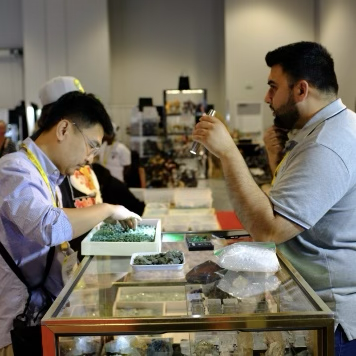
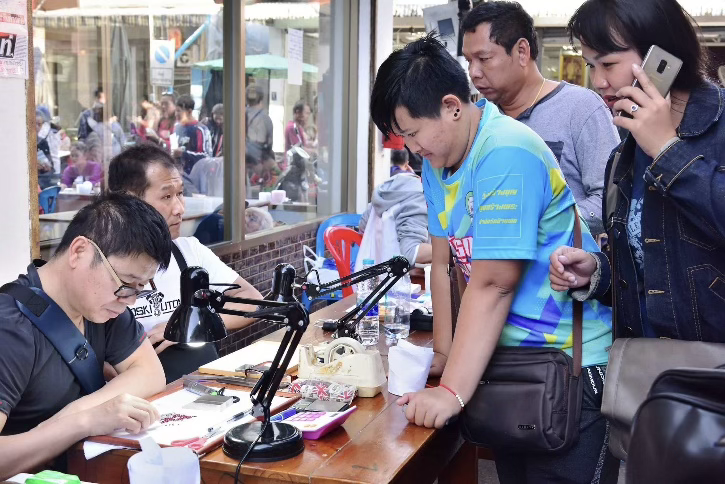
'In gems trading, you lose more money not knowing what you cannot see.'
- Vincent Wong, CEO of Porolis
AI Graded Gems More Consistently Than a Human Ever Could
Traditional gemstone grading, particularly for colour, is a highly subjective process that relies on human visual perception. This can lead to frustrating inconsistencies, where the same stone might receive different grades from different experts—or even from the same expert on a different day.
AI offers an objective, data-driven alternative. AI systems from companies like Porolis are trained on massive datasets—over 60,000 colour-labelled samples in the case for sapphire and ruby—to analyse gems digital images pixel-by-pixel within a perceptually uniform framework like the CIE L*a*b* colour space. This allows the AI to identify subtle colour variations and define colour zones as primary, window or extinction areas, hence delivering a level of consistency a person simply cannot match.
A machine, after all, never has an off day because it was out late last night, and it’s not susceptible to immoral temptations, like bribes.
'Machines are more accurate than people, period. They are definitely more consistent.'
- David Block, CEO of Sarine
Every Gem Can Now Have a Tamper-Proof 'Digital Fingerprint'
To solve the critical challenge of authentication, Porolis has introduced a revolutionary method for creating a unique identity for each gemstone. Using AI to map a stone’s internal inclusion pattern – the natural flaws and characteristics that make every gem one-of-a-kind – it generates a unique digital fingerprint that is encrypted into a Unique Gemstone ID Number (UGIN™).
This represents a fundamental shift from external, forgeable identifiers to intrinsic, immutable proof of identity. Older methods like laser inscriptions can be faked, polished off, or obscured by a jewellery setting. By mapping a gem’s internal features, this new AI-powered method creates a non-damaging and permanent link between the physical stone and its digital record, the GemPASSPORT™, rendering the classic shell game of stone-swapping obsolete.
AI's Biggest Impact Might Be Helping Miners, Not Just Buyers
This immutable digital identity does more than just secure a transaction for a buyer; it becomes the foundational layer for revolutionizing the entire supply chain, right back to the person who pulled the stone from the earth. While AI empowers buyers, its most transformative impact could be on the most exploited group in the value chain: citizen miners.
According to the 2017 report ‘Governing the Gemstone Sector’ by the National Resource Governance Institute, these artisanal miners produce 80% of the world’s coloured gemstones, yet they often benefit the least. The creation of a unique and immutable ID like UGIN™ for each stone is the prerequisite that enables blockchain technology, that in turn allows for ‘smart contracts’ that can automatically reward the original miner with a royalty every time their gem is traded, creating a direct and unbreakable financial link to their discovery. This system creates a powerful incentive for miners to join the formal economy. The long-term impact is profound: it helps reduce smuggling, increases transparency, boosts government tax revenues in producing countries, and, for the first time, ensures the original ‘creators’ are fairly compensated for their labour.
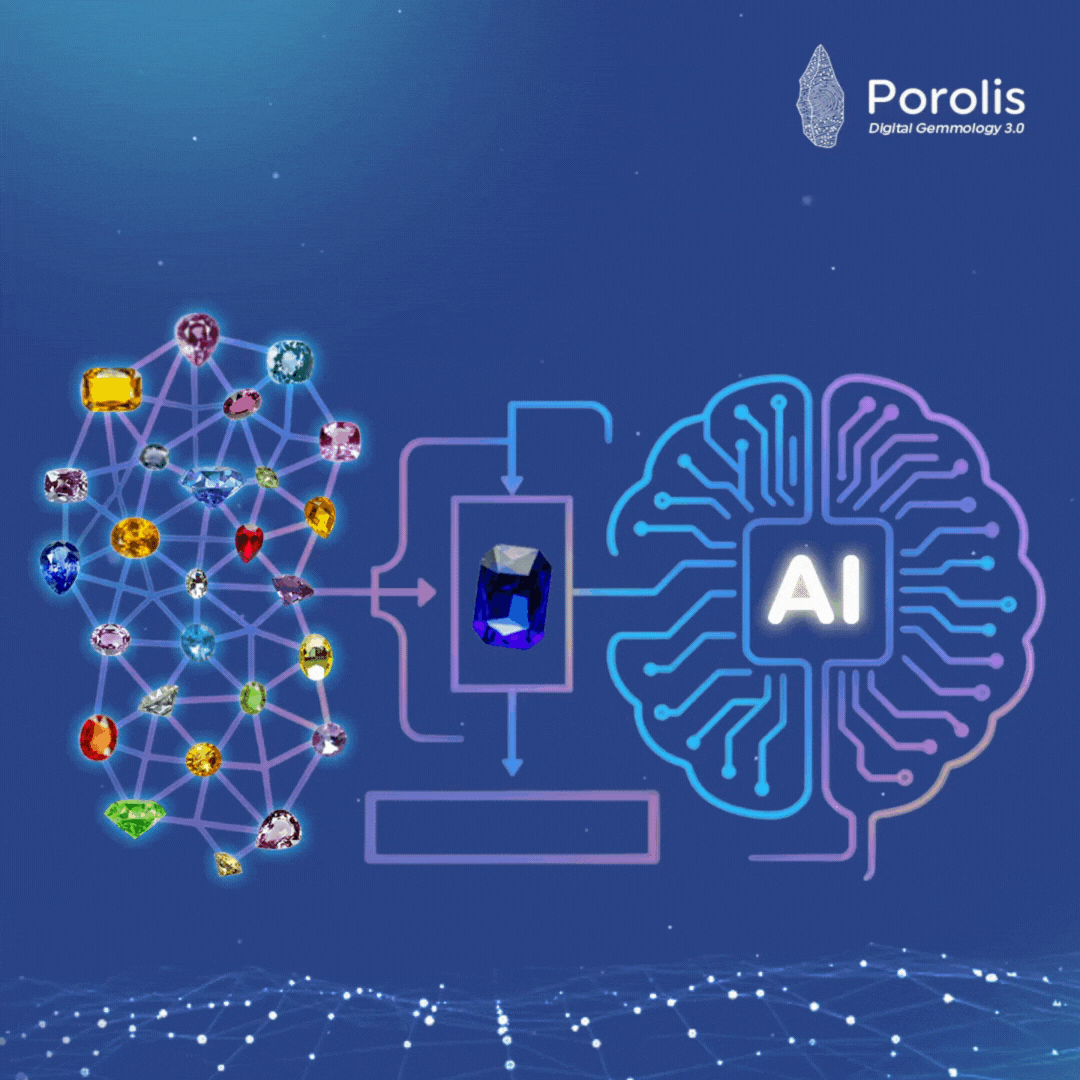
AI is dismantling an opaque market by providing consumers and honest traders with expert-level, objective diagnostic tools.
Expertise Is Being 'Democratized'
The old model for getting a gemstone assessed was inefficient and exclusive: carefully package the stone, send it away to a costly gem lab, and wait days or weeks for a paper report. This required a room full of expensive, specialized tools like polariscopes, refractometers, and microscopes, operated by a trained expert.
A new paradigm is emerging. Porolis’ GemLUX® system offers a ‘smart gem-lab in a box’ with its KROMA™ imaging device, coupled with a cloud-based ‘AI-as-a-Service’ platform. This model puts the power of a diagnostic lab directly into the hands of jewellers, traders, and even consumers. Porolis is actually not just competing with existing middle-tiered gem labs; it’s creating an entirely new ‘blue ocean’ market for accessible, on-demand assessment. Porolis’ technology is democratizing gem grading of gems for all enthusiasts, from professionals to novices.

AI is emerging as the disruptive force, introducing verifiable data, tamper-proof digital identities, and democratized expertise to establish radical new transparency.
Conclusion: A More Transparent Future Driving Trade Volumes, Carved by AI
Technology is triggering a seismic shift in the gemstone industry, moving power from a few expert gatekeepers and distributing it across the entire market. AI-powered tools are eliminating the information asymmetry that allowed rip-offs to flourish, creating a more transparent, efficient, and equitable trade where the days of the ‘know-nothing consumer’ are truly over.
The transformation of the gem trade is a case study in how targeted AI can dismantle Akerlof’s ‘market for lemons.’ By injecting verifiable data into a system built on opacity, technology is not just creating fairer prices—it is re-establishing the very foundation of trust on which all healthy markets depend. Greater transparency enhances consumer confidence, supporting a momentum of virtuous growth in gemstone trade volumes. As AI brings radical transparency to one of the world’s oldest trades, what other ‘rip-off economies’, will be next to fall ?
